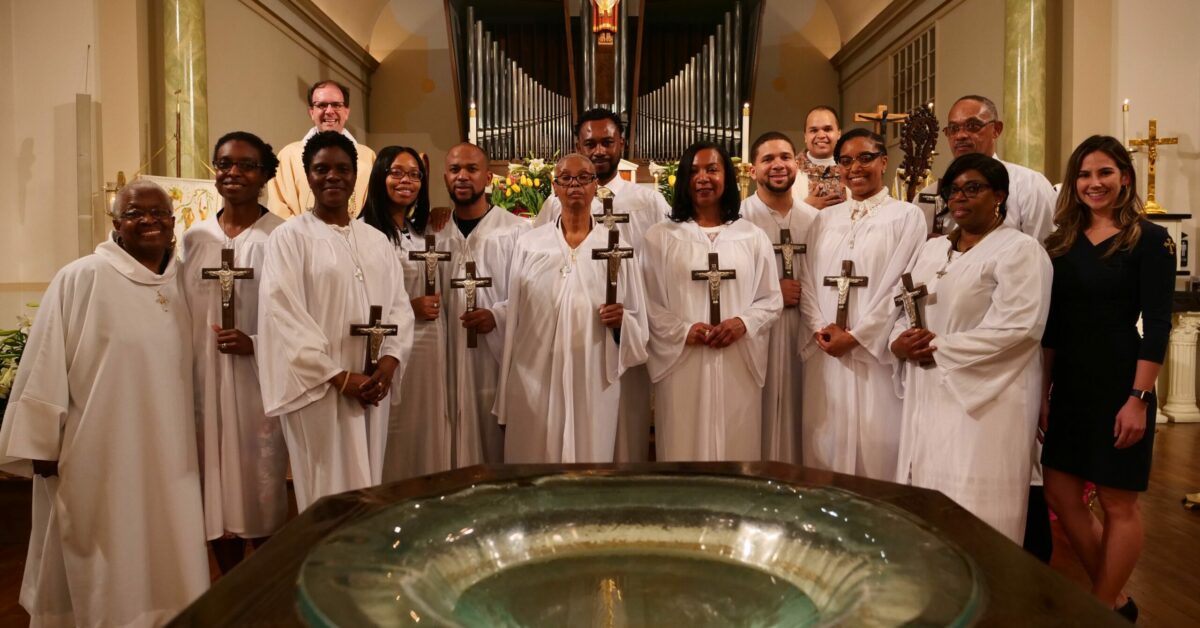Communitas: Forging Real Fellowship
This week we return to Hirsch’s final characteristic of mDNA/apostolic genius: Communitas. Hirsch contrasts communitas with community. Community is understanding the church in light of a consumerist culture and attractional forms of church. Community in that perspective is preoccupied with middle-class values: safety, security, comfort, and convenience. When those are the values sought within community then it is challenging for the church to conceive of itself as being in mission. Mission often demands entering into situations of danger and affliction. As Hirsch notes, the community is not ultimately intended to serve my needs. Or paraphrasing President Kennedy, “Ask not what you church can do for you, but what you can do for your church.”
Employing the concept of liminality from anthropologist Victor Turner, Hirsch describes the nature of true communitas. Liminality is to be in an in-between space, unsettled, disorienting, marginal. But it is in that space that communitas forms according to Turner. Hirsch writes, “Communitas in his view happens in situations where individuals are driven to find each other through a common experience of ordeal, humbling, transition, and marginalization” (Hirsch, The Forgotten Ways, 221). Experiences of liminality are the formative crucibles for the church to become a communitas. As Hirsch contends,
So the related ideas of liminality and communitas describe the dynamics of the Christian community inspired to overcome their instincts to “huddle and cuddle” and to instead form themselves around a common mission that calls them onto a dangerous journey to unknown places—a mission that calls the church to shake off its collective securities and to plunge into the world of action, where its members will experience disorientation and marginalization but also where they encounter God and one another in a new way. Communitas is therefore always linked with the experience of liminality (Hirsch, 221).
For the church honestly to live in mission, liminal experiences always will be forming it to live in communitas.
The catechumenate forges these very experiences of liminality for the catechumens and the congregation. All of the transitions out of and into the various stages of the catechumenate are liminal moments. Rites, such as the handing over of the creed, the exorcisms, and the footwashing rite on Maundy Thursday function as liminal moments. Through all of these moments the candidates, and the assembly, become aware that they are transitioning into something that they were not before. Their identity is changing, sometimes in subtle and sometimes in overt ways. At minimum they are becoming aware that they participate in God’s mission to the world, or as one of the catechumens in our study said, “I came to realize that I am a Christian all the time.”
In the midst of the catechumenate experience real fellowship among the catechumens and the assembly is formed. Hirsch describes this fellowship through the Fellowship of the Ring of J.R.R. Tolkien. As Hirsch observes, in the quest
They discover each other in a way they would not, or could not, in any other circumstance. Here is the mythic representation of mission (nothing less than the destruction of evil in the world), discipleship (constantly choosing goodness in the face of overwhelming opposition), and communitas (becoming a great community together in pursuit of a mission)….They are bound to each other, and they truly find each other, in the context of an arduous but common mission (Hirsch, 228-9).
While perhaps not as overwhelming as Tolkien’s quest, nonetheless the journey through the catechumenate forges real fellowship: a sense of purpose, of mission, of identity, of comradery, of love. That’s the communitas of the catechumenate!
